One of the smartest and easiest ways to monetize your blog is by signing up for the Amazon Affiliate Program. In the US alone, statistics show that there are 148.6 million Amazon Prime members, accounting for 74% of Amazon Prime subscriptions in the world, and nearly half of the entire US population.
These numbers mean that almost half of American households purchase items from Amazon regularly. Forecasts show that membership will grow steadily in the years to come, which makes monetizing your blog using the Amazon Affiliate Program a smart way to earn.
PayScale reports that the average passive income of an affiliate marketer is $51,639 annually, with the bottom 10% earning approximately $38,000 yearly and the top 10% earning $72,000 yearly. Not bad, right? If this is something that you’re interested in, read on to find out how to make money once you join the Amazon Affiliate Program.
But first, how does the Amazon Affiliate Program work?
What is the Amazon Affiliate Program?
The Amazon Affiliate Program is a straightforward system. Once someone makes a purchase through one of your links, you get a commission.
Becoming an Amazon Associate is free. It’s one of the easiest ways to earn money through your blog because Amazon is already a trusted retailer. As long as you recommend the right products to your readers, they shouldn’t have any doubts or problems purchasing through your link.
Conversion rates are great because, as anyone who has purchased anything from Amazon knows, you rarely end up buying just one product. This works well for affiliates, too, because as long as they use your affiliate link, you’re entitled to a commission for everything in their cart.
In case you’re still not convinced, here are a few other benefits of monetizing your blog after you join the Amazon Affiliate Program:
- You’ll earn a passive income. Evergreen content can allow you to receive referral fees from your affiliate links for years, long after you’ve published your content.
- No required capital. Since most of this is done online, you won’t need to invest as much capital as in another business.
- No need for customer support. No need to invest in customer support since affiliate marketing programs link consumers directly to Amazon.
- You can work from home. You can work on your blog from virtually anywhere.
- You’ll get performance incentives. You can earn performance-based rewards from affiliate marketing.
How to Become an Amazon Affiliate
So, how can one join the Amazon Affiliate Program? Here’s a step-by-step guide to get started on becoming an Amazon Affiliate.
Step 1: Set up your blog
If you haven’t already, go ahead and set up your blog. It also helps to populate your site with content prior to signing up. This will make your blog come across as credible both to Amazon and your target audience.
If you need basic content writing tips, there’s a helpful blog post about different types of content, examples, and tips about content writing.
Step 2: Join Amazon Affiliates Program
Go to the Amazon Associates homepage and click ‘Sign Up.’ You’ll then be asked to log in to your existing Amazon account or create one. Here are the other steps you’ll need to follow to complete the sign-up process:
- Enter your account information
- Enter your website or blog address
- Enter your preferred store ID
- Explain how you generate traffic
- Choose a payment method
Step 3: Get your Amazon Affiliate links
After successfully creating your account, you’ll be able to access your personal Associate homepage. You can then start finding products that your readers will be interested in or find helpful. Use the “Stripe” tool at the top of your Amazon browser to access your affiliate links.
Step 4: Add affiliate links to your blog posts.
You can now start adding affiliate links to your blog posts! Remember to keep your readers’ interests in mind. Instead of focusing on stuffing as many links as possible within a blog post, strive for authentic, original content that speaks to your readers.
This way, your readers will come to trust your reviews and opinions as insights from someone they see as an authoritative source.
Step 5: Add disclosures to your blog and individual posts
Amazon requires their affiliates to disclose their status as Amazon Associates, so make sure to add a disclosure page to your blog and blog posts before using your affiliate links.
According to Amazon, you can use the following statement or come up with something substantially similar: “As an Amazon Associate, I earn from qualifying purchases.”
Referral Fees + Rules
Now that we have examined how Amazon’s Affiliate Program works, let’s take a closer look at its rulebook:
Amazon Associates Referral Fees
Amazon has different categories which correspond to fixed commission fees. For example, luxury beauty items will earn you a 10% commission rate, while music-related purchases will earn you a 5% commission rate.
However, Amazon programs payout in specific amounts. For example, for an Audible Premium Plus Membership, an affiliate can earn $10. For an Audible Premium Plus Annual Membership, one can earn $25. Check out Amazon’s current referral fees here.
Amazon Associates Rules
Amazon has a specific set of guidelines for associates to follow. It’s best to understand these beforehand, to avoid getting banned. Most of the rules are in place to promote transparency between Amazon, its affiliates, and their consumers.
Below are some key points that you’ll need to keep in mind once you join Amazon’s Affiliate Program:
- Clearly and prominently disclose your status as an affiliate.
- Do not misrepresent your relationship with Amazon.
- Do not make false claims in your reviews or recommendations.
- Avoid sharing prices in your posts.
Read Amazon’s full operating policy here, as well as some updates on their Operating Agreement here.
Where to Find Product Ideas
How can you make money with the Amazon Affiliate Program? The answer is simple – do your research.
You’ll want to regularly find great product ideas to recommend to your readers. One way to do this is by manually checking Amazon’s Best-Sellers List. This is always a good first step as Amazon displays its top-selling products in this area.
There are also a number of other ways that you can use to find product ideas:
- Amazon Trend Report – an annual report that shows you the top categories and trending products for the year.
- Amazon’s Movers & Shakers – also a great resource because it shows you the “biggest gainers in sales rank over the past 24 hours” and is updated every hour.
- Amazon Basics – shows you the most highly rated Amazon products at low prices.
- Pinterest – gives you great insight on what’s trending, as well as products that specific audiences may be interested in.
- Amazon analytical tools – there are tools that you can use to help you identify product niches, best sellers, and also show you estimated sales and revenue.
Which Products to Choose
While Amazon has millions of products, the key is to find ones that will work to your advantage, and that your readers will genuinely be interested in. Try to find products that you’ve personally purchased or used regularly, products you are confident that your audience needs, and those that your readers can afford.
Other criteria that can help you find great products are:
- Profitable products – Products that are best sellers and are highly searched.
- Not high competition products – Products that are useful and unique in their category. Avoid ones that your readers can easily find cheaper substitutes for.
- Daily use products – Products that readers can use and repurchase.
- Inexpensive products – The ideal price range is between $10 and $50.
- With high estimated sales and revenue – Use an analytical tool like AMZScout to examine products that will likely have high conversions in terms of sales and revenue.
- Products that are connected to your blog’s theme – Refer to products authentically and make sure to choose ones that are connected with the general interests of your target audience.
Examples of Profitable Products for the Amazon Affiliate Program
How does the Amazon Affiliate Program work best? When you choose products intelligently.
Here are a few specific examples of great products to sell via an affiliate link. You’ll see indicators below that describe important metrics to guide you regarding the profitability of a product, such as estimated sales and revenue. More ideas you can find here.
Example #1: Benebone Dog Chew Toy
This would be a great product to feature in pet care blogs or dog enthusiast websites. As you can see, the estimated sales for this product are at 32,316 units monthly, with a total estimated revenue of $355,153 a month. It’s a good product because it’s useful, inexpensive, and has good sales and revenue projections.
Example #2: Utopia Bedding Throw Pillows
If you have a lifestyle, interior design, or homemaking blog, this is a great product to feature because again, it’s likely to translate into high conversions with an estimated sales figure of 64,872 units per month and a whopping $937,006 in estimated revenue. It also has many reviews, which is great because it means a lot of users have purchased the product.
Example #3: Wanwane Black Face Mask
The humble face mask is something that a lot of people have been purchasing these days. This is a good example of an inexpensive, useful product that you can easily include in your blog post. It would probably fit well in health blogs, lifestyle blogs, and even fashion blogs. As you can see, our tool shows very high sales for this item at 125,506 units per month, collecting a total of $1,407,343 monthly sales!
Example #4: PanOxyl Acne Foaming Wash
This item would be easy enough to review in a skincare, beauty, or lifestyle vlog. This is a great example of a product that would really work to your advantage if you’ve already tried it, so you can share authentic feedback and even your own results with your audience. It has a large number of sales too, at 51,408 units monthly and a hefty $522,548 in estimated revenue per month.
Conclusion
Monetizing your blog can be easy and cost-effective with affiliate programs such as Amazon Associates. Hopefully, through the detailed guide, we’ve outlined in this article, you now understand how to make money with the Amazon Affiliate Program.
Remember to use tools that will help you to find the best products that will work for your blog or website, and focus on creating content that your readers will find useful, engaging, and reliable.
AMZScout is a helpful tool for sellers and Amazon Affiliates. You’ll be able to find profitable products to sell or recommend, as well as access resources that will help you to optimize your platform and maximize your earnings. Sign up for a free trial or check out our plans here.
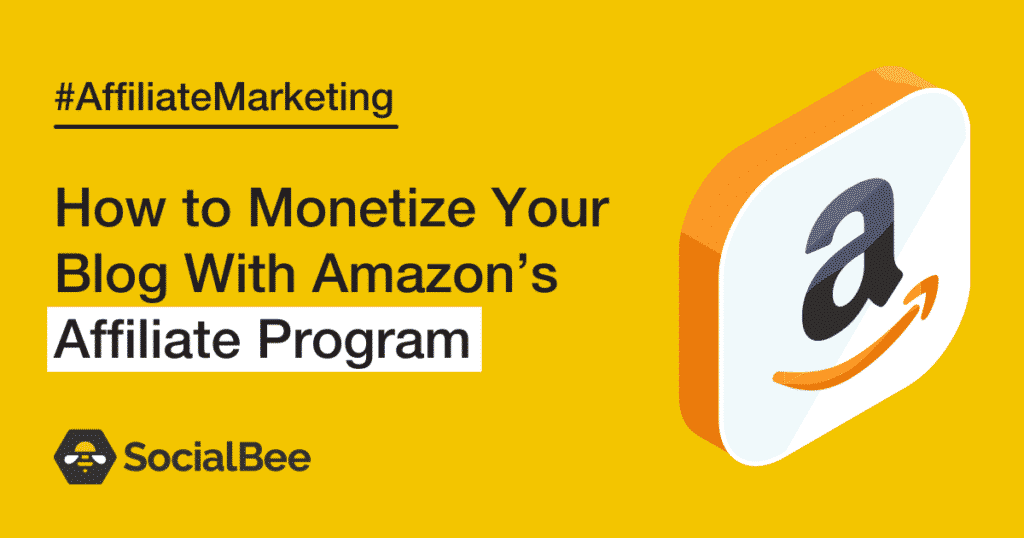
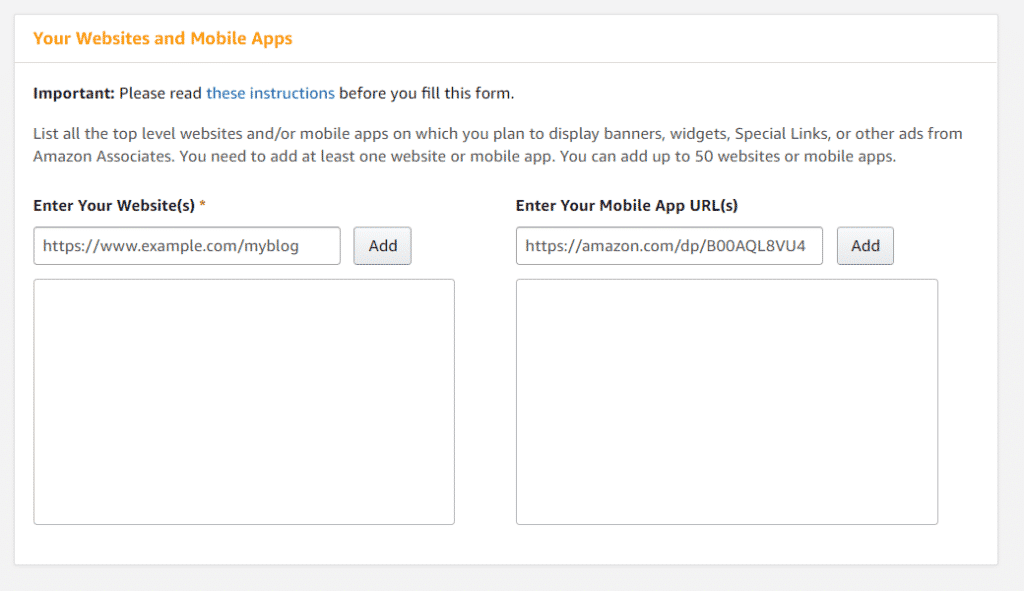
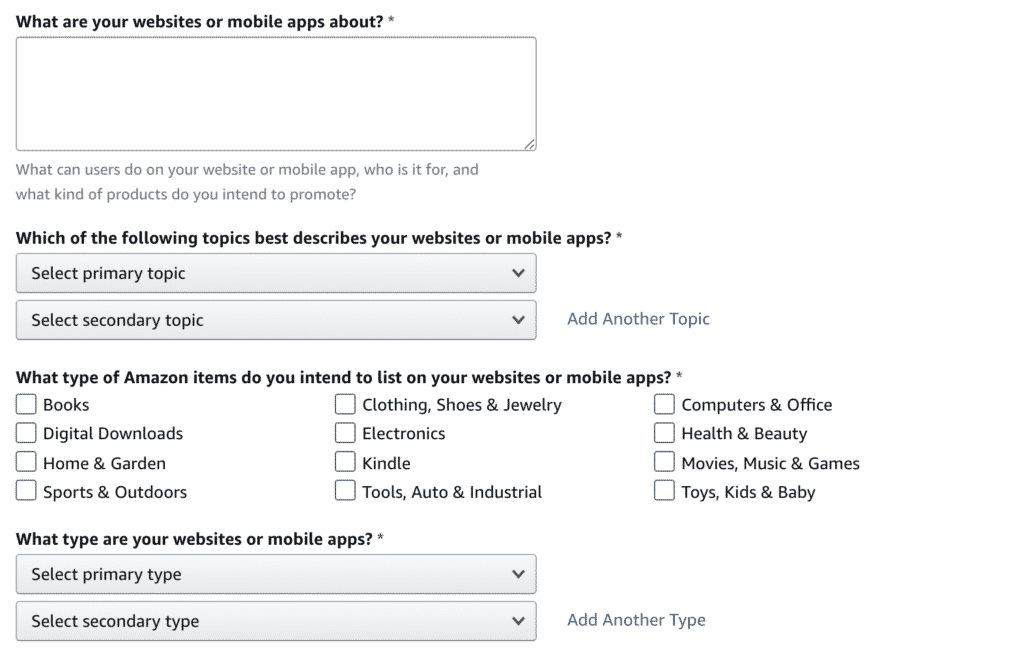
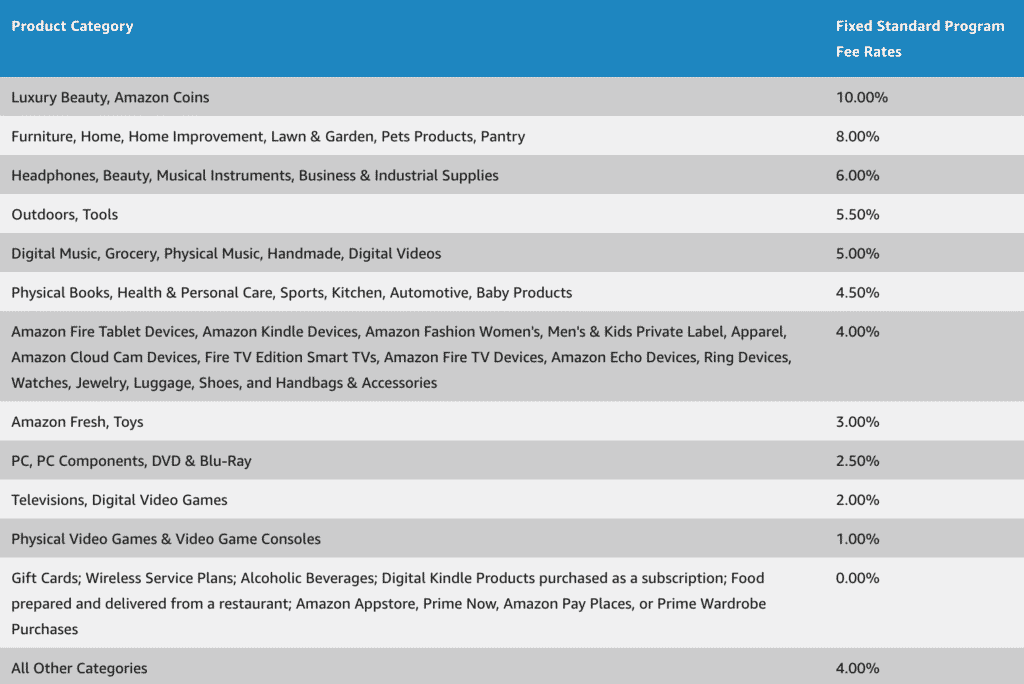
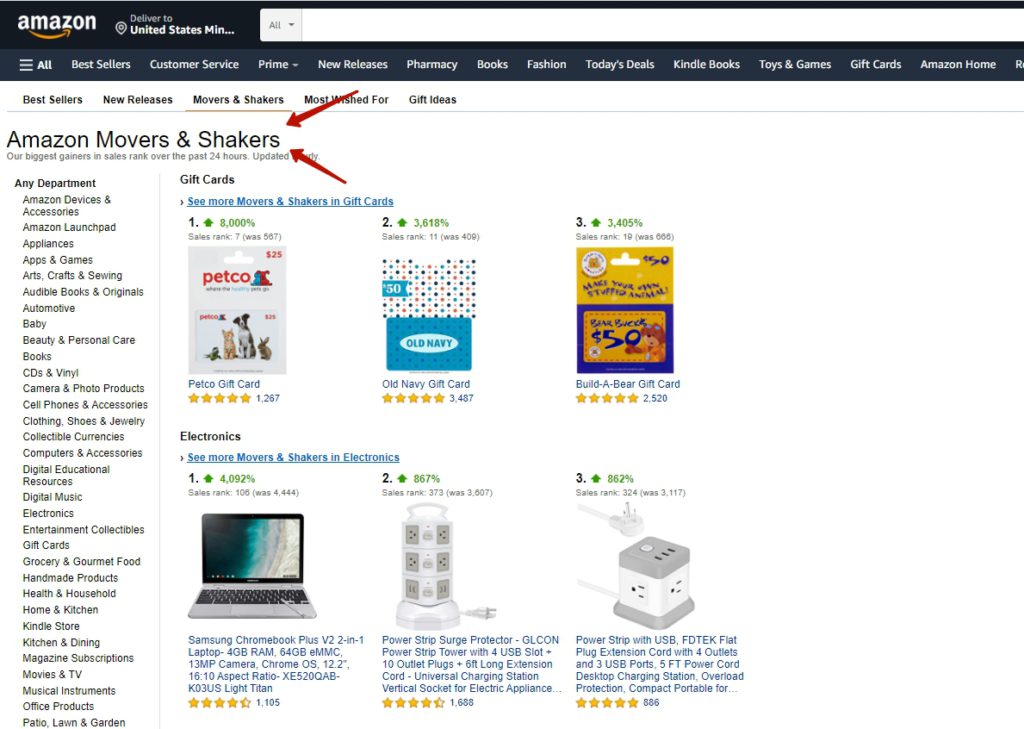
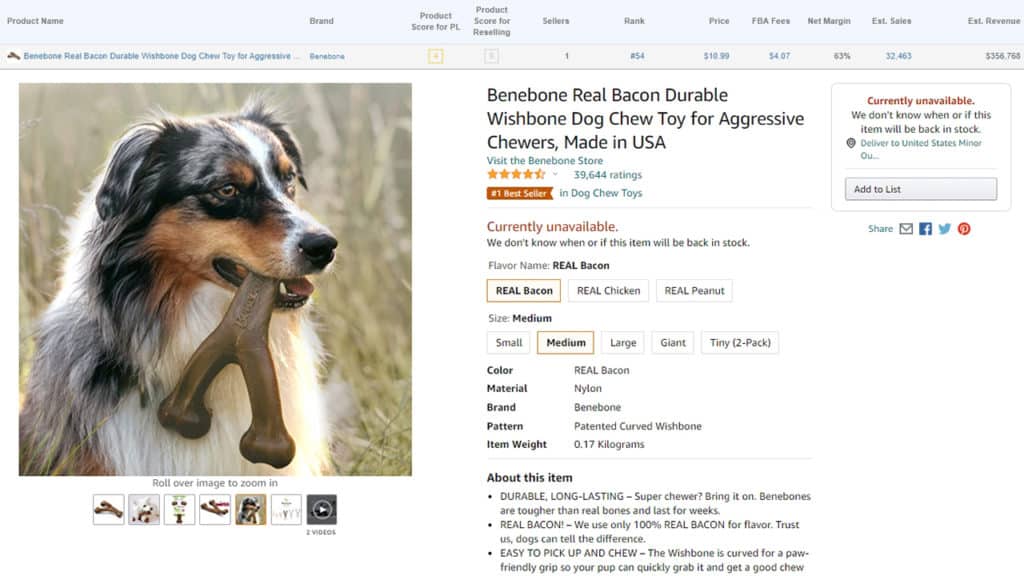
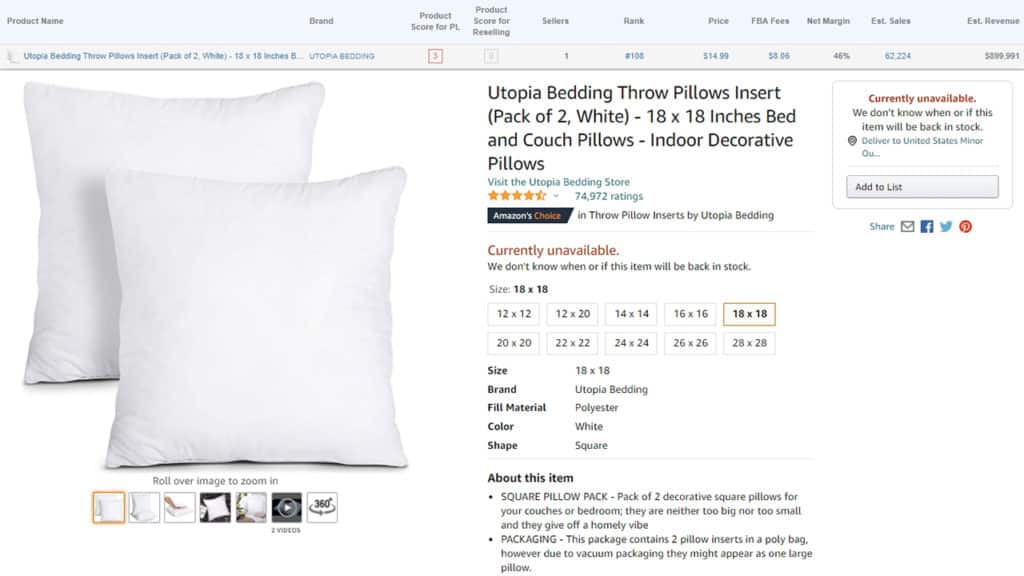
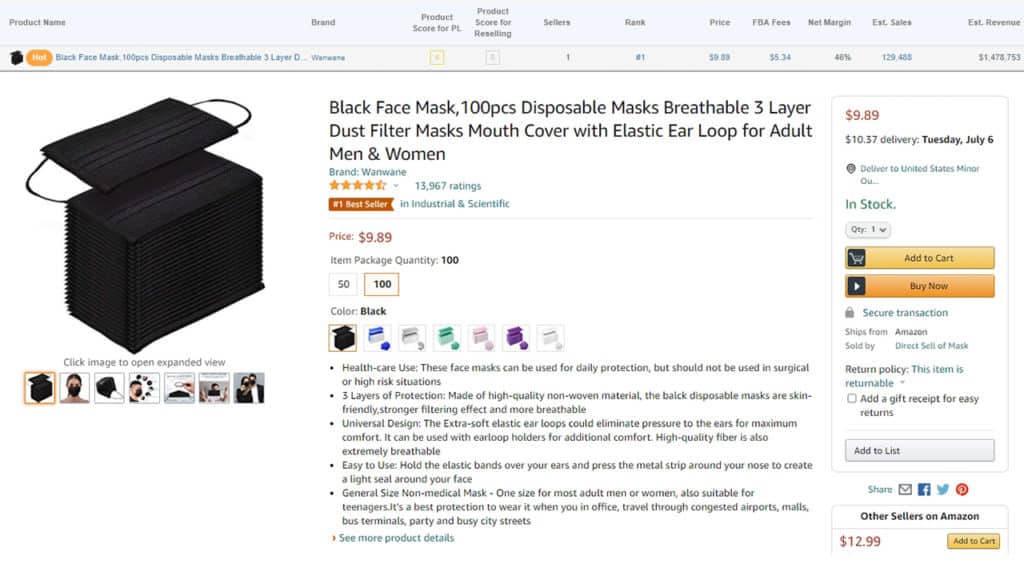
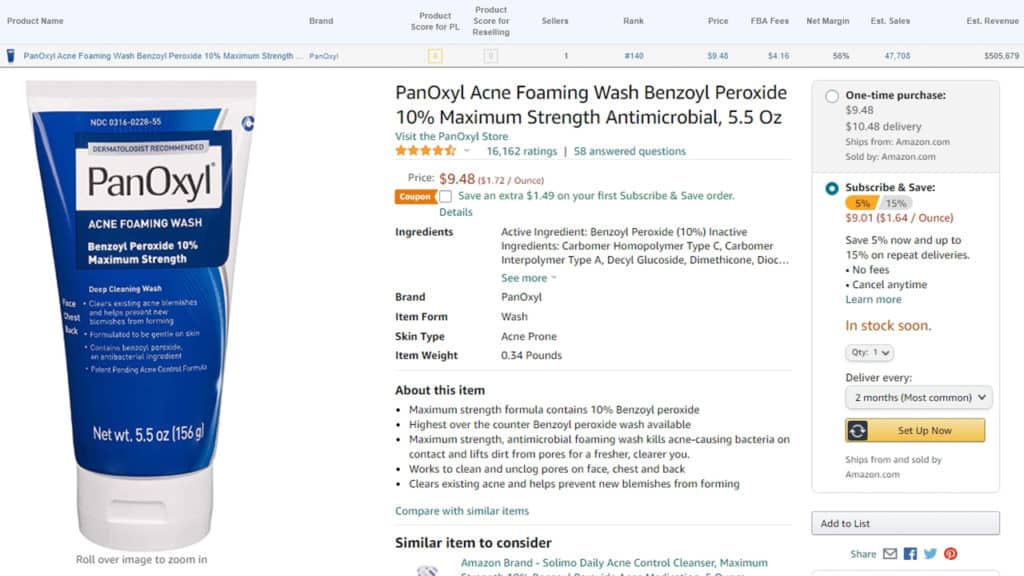





 Customizable tone of voice
Customizable tone of voice  Several variations to choose from
Several variations to choose from  1,000 pre-made AI prompts
1,000 pre-made AI prompts